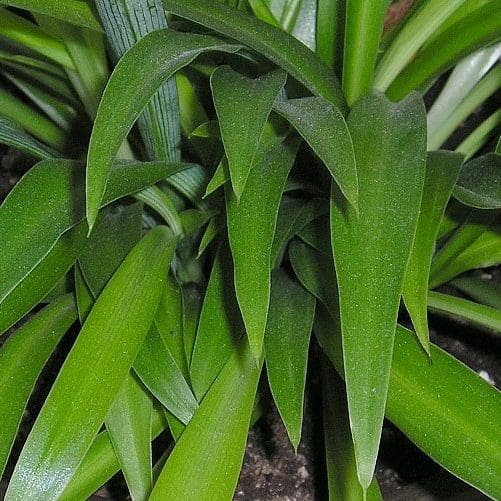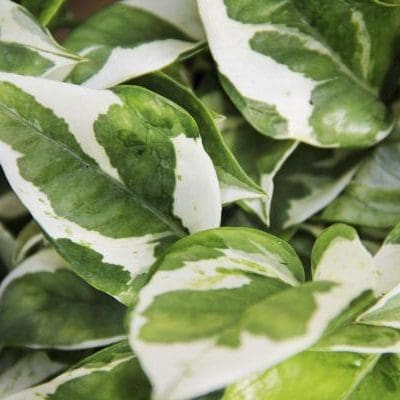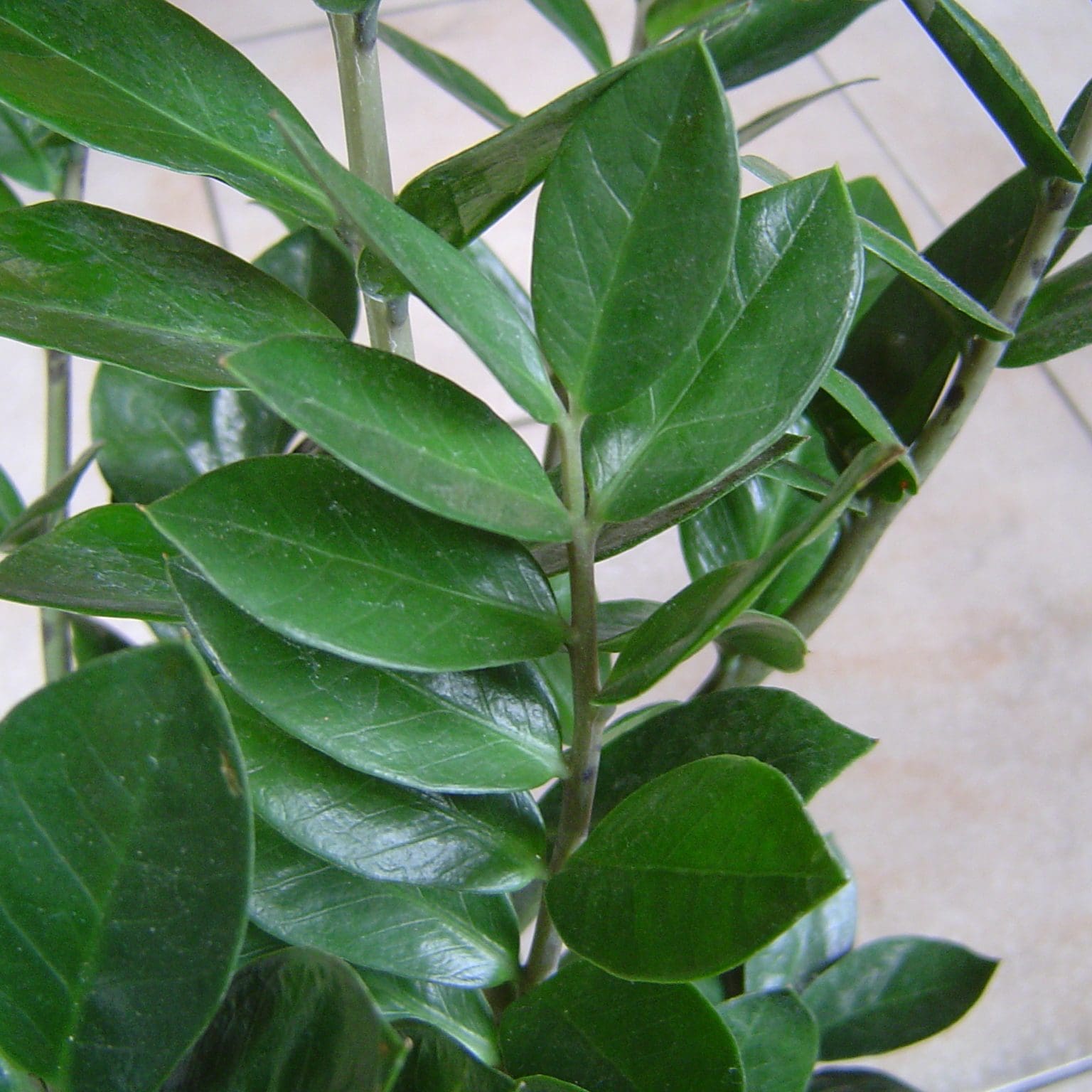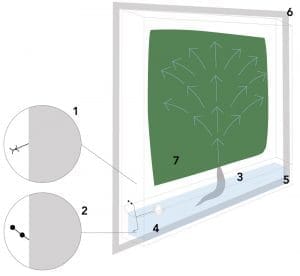While not exhaustive, this is a list of our favourite species of indoor plants that you can use for your indoor space. Additional species can also be sourced. For each plant in this list you will find notes regarding the lighting and water requirements to help guide you in the plant selection for your specific location.
Plants and Maintenance
Traditional indoor plants
In the horticultural industry, plants are categorized by the size of the pot they grow in; 4” – 6” – 8” – ⅔ gallon (12”) – 14” and 17”.
Plant availability is subject to change.
For our full and detailed living plant catalogue, please contact us
Care and Maintenance
– Maintenance plan
- Following the installation, 1 visit per week is required for about a month to optimize the functioning of the irrigation system.
- After the first month, 2 visits per month are required to prune the plants, check the irrigation system and respond to the specifics of the living wall and its particular environment.
- After the first 6 months of visits, observations and optimizations, 1 visit per month can be planned if you feel confident with the maintenance of the irrigation system. Please keep in mind that you will have to optimize the irrigation system according to the change of seasons.
– Specific growing medium
- ModuloGreen is a soil-based system
- ModuloGreen growing medium is engineered to conserve water. It can hold enough moisture to last days without watering. It was also designed to be lightweight, avoid compaction, bring good aeration to the root system, and most importantly, to provide good drainage.
– Optimization of the irrigation system
There are 2 main parameters to keep in mind when you set up the controller for the irrigation system: the duration and the frequency.
THE DURATION:
- You want to ensure that the watering duration is long enough to deliver water to the bottom of the larger panels.
- You do not want to water for too long as you want to avoid excess runoff which wastes water.
- If you observe an excess of water at the bottom of the wall, it means that you have watered for too long. You have to reduce the duration.
- If you observe that the bottom of the wall is dry, it means that you are not watering for long enough. You have to increase the duration.
THE FREQUENCY:
Over-watering plants is never good. You do not want the living wall to be too wet all year long.
- If you observe that the wall is really soaked or wet all the time, it means that you are watering too often. You have to allow a longer period of time between waterings.
- If you observe that some plants are struggling because they are not getting enough water it means that you are not watering enough and the entire system is drying out between waterings. You have to water more often.
Approximate watering times:
INDOOR:
- spring / summer: 15 minutes every 7 days
- Fall / winter: 13 minutes every 7 days
OUTDOOR:
- spring / summer: 20 minutes every 4 days
- Fall / winter: 15 minutes every 15 days
Recommendations:
- Take notes every time you examine the wall. Record the date, the irrigation set-up and the state of the wall. Record your observations (too wet, too dry, dry bottom, etc…) and the actions you take.
- Have a step ladder, scissors, paper towels, plastic tarps and watering cans on hand.
- Keep the water reservoir filled at all times to ensure that the cotton wicks does not dry out as the capillary function will stop working.
- If the wick does dry out, you can easily reactivate it by soaking the pouch in water or by placing the entire frame under running water for 1-2 minutes.
- Maintain a consistent indoor temperature between 15°C and 25°C
- Optimal light source is medium to high light
- Avoid direct air flow from heater or air conditioner
Instructions:
- To know if it needs water, check the water level indicator (1: empty + 2: full)
- To water it simply fill the reservoir on the side (4)
- The wicking system does the rest! (3 then 7)
Mossart creations are made using preserved reindeer moss, a lichen which requires no maintenance. The eco-friendly process to preserve the moss consists of replacing the water in the plant with glycerine. As there is no water in the plant anymore, it will never dry out and maintains its natural texture.
- Do not water! Water can severely damage the preserved moss.
- Keep Mossart indoors, out of direct sunlight and away from heaters and air conditioners. If the moss appears dry it can become soft again when placed in relative humidity levels of 45 – 65%
Folia frames are made using preserved moss and plants, which do not require any maintenance. The eco-friendly process to preserve the plants consists of replacing the water with glycerine. As there is no water in the plant anymore, it will never dry out and maintain its natural texture.
- Do not water! Water can severely damage the folia.
- Keep the folia frame indoors ,out of direct sunlight and away from heaters and air conditioners.
- Preserved plants have a lifespan of 1 to 5+ years. If plants begin to wilt, they may have reached the end of their lifespan and need to be replanted.

















